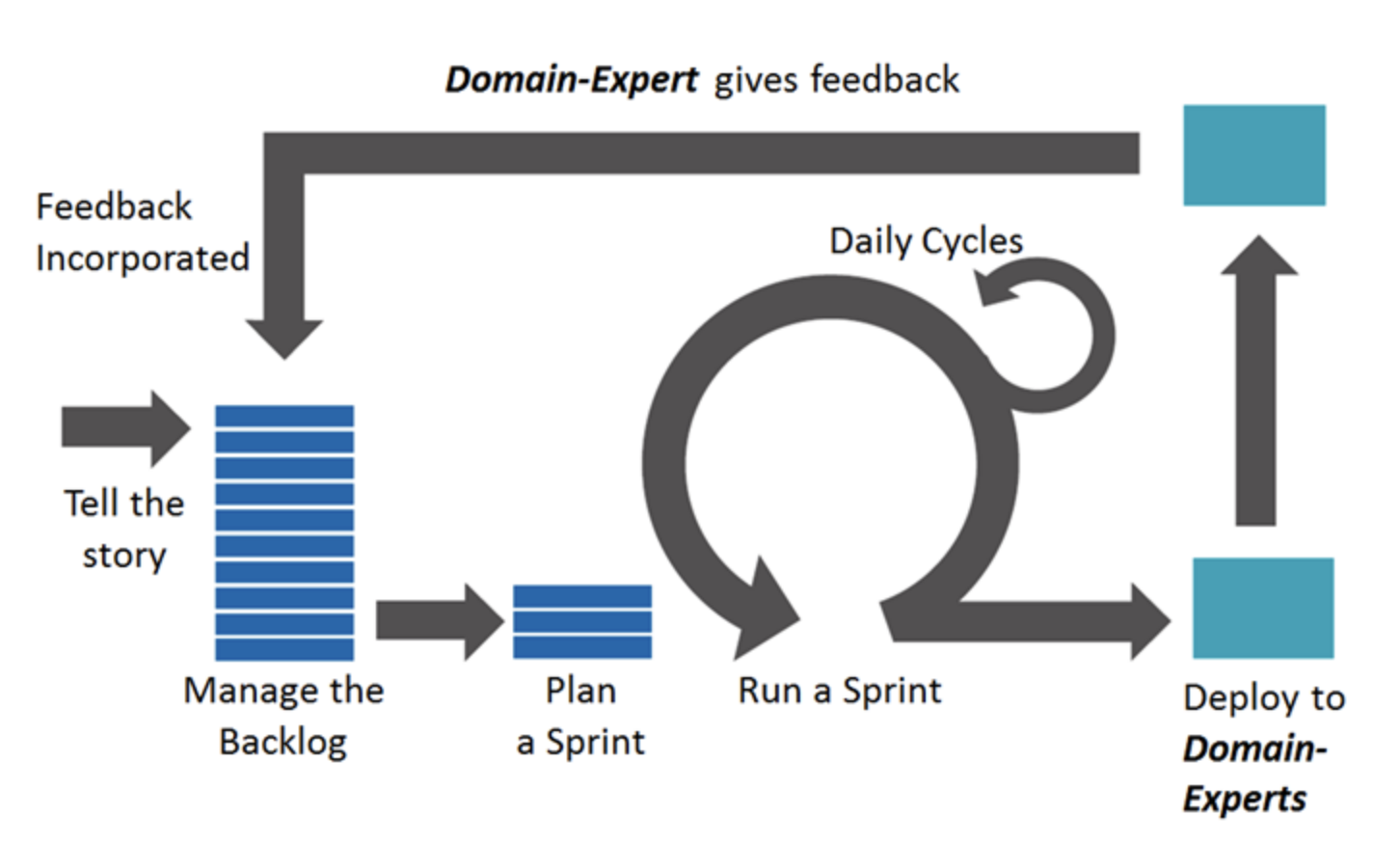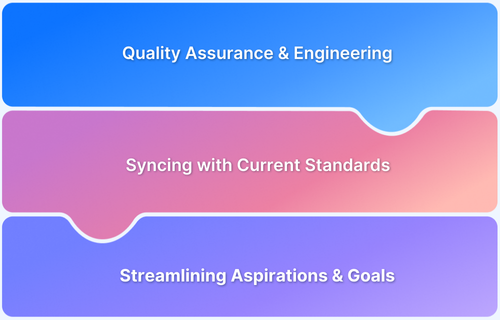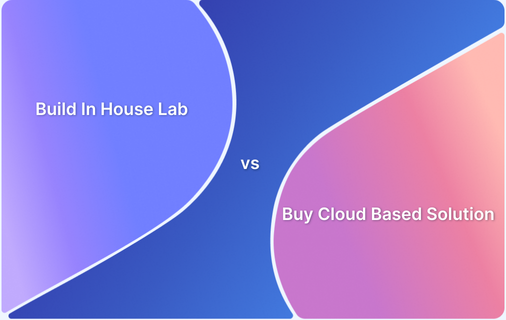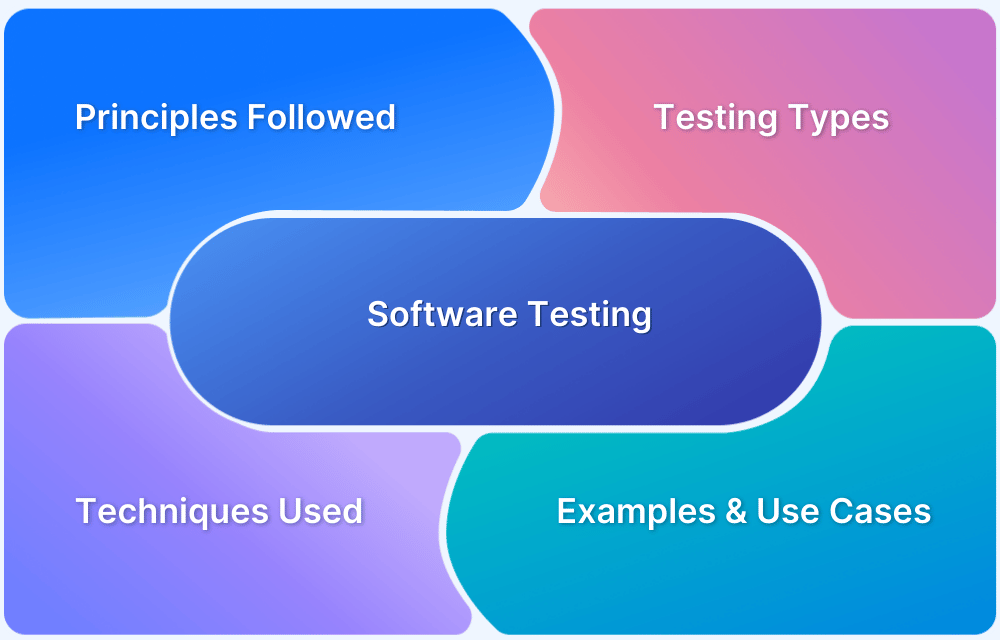Delivering high-quality software quickly requires more than fast development. It demands rigorous, continuous testing. As teams adopt agile and DevOps workflows, daily and nightly builds have become standard practice to catch issues early and ensure code stability.
Overview
Daily builds help teams catch issues early by continuously integrating new code throughout the day. Nightly testing, on the other hand, runs after hours to validate the stability of the day’s changes in a clean environment. Together, they create a reliable feedback loop that supports rapid and stable software delivery.
Test Strategies for Daily and Nightly Builds:
- Keep Documentation Up-to-Date: Ensure test plans and workflows are clearly defined and consistently followed.
- Align Testing with CI/CD and Agile: Integrate tests into CI pipelines and sync with sprint cycles for faster feedback.
- Run Automated Regression Daily: Quickly catch code breakages with fast, targeted regression tests.
- Use Visual Testing in Nightly Runs: Detect UI changes and design issues with automated visual checks.
- Enable Fast Debugging: Provide detailed logs and reports to resolve issues quickly.
- Add Approval Gates: Review and approve code before major merges or releases.
- Build a Flexible Test Setup: Ensure your framework can scale and adapt to future needs.
This article explores how to structure your daily and night-test strategy, helping you balance speed with reliability and prevent bugs from slipping into production.
Understanding Daily and Nightly Builds
Frequent builds are essential for maintaining quality and speed. Daily and nightly builds serve different but complementary purposes in the delivery pipeline.
Daily Builds are triggered frequently, often after every code commit or at set intervals during the workday. Their primary goal is to validate recent code changes quickly, ensuring that new commits don’t introduce immediate breakages.
These builds typically run faster test suites focused on unit and integration testing to provide rapid feedback to developers.
Nightly Builds, on the other hand, are scheduled to run automatically after development hours. They compile the entire codebase, integrating all changes made throughout the day.
Nightly testing focuses on comprehensive validation, including full regression suites, end-to-end tests, and visual testing. Because they run in a clean environment with no developer activity, nightly builds provide a stable view of the system’s health.
By leveraging both build types, teams can strike a balance between development velocity and product reliability.
When to release Daily/Nightly Builds?
The key advantage of daily and nightly builds is the ability to iterate quickly and respond to user feedback in near real time. New features can be implemented, tested, and refined rapidly, while bugs are identified and resolved without delay.
However, this approach isn’t ideal for every development scenario. It’s best suited for the following use cases:
Apps Undergoing Short Feedback-Based Design Iterations
In the early stages of development, when applications rapidly evolve in design and functionality, it’s common to rely on a defined group of test users for regular feedback. To support this workflow, each day’s progress can be packaged and released through a structured daily or nightly build cycle.
Since testers and DevOps engineers often depend on the latest code to continue their tasks, having a preplanned and consistent build schedule ensures better coordination. It allows all stakeholders to align their activities, reduce idle time, and maintain a smooth feedback loop.
Sample workflow for daily app build and release
Fast-Growing Web Applications
Web applications have a distinct advantage when it comes to release cycles. Unlike mobile apps, which require users to update their client-side resources, web applications can be updated seamlessly on the server-side. This makes it easier for developers to implement daily build testing and release cycles.
High-traffic platforms like social media sites and services from companies such as Google frequently release updates to keep their products fresh and responsive. While resource-intensive, this frequent release cycle offers a significant competitive edge if executed properly.
Read More: Guide to Web Application Testing
Progressive Web Apps (PWAs)
Progressive Web Apps combine web-based components with mobile functionality, which allows for parts of the app to be updated independently via WebView. This makes PWAs well-suited for regular testing and release cycles.
By leveraging cloud-powered testing for PWAs, developers can push updates and run nightly tests efficiently, maintaining the flexibility to update features without needing full app store approval processes.
Read More: How to test Progressive Web Apps (PWA)
Components in a Microservices Architecture
In microservices-based architectures, where services are modular and independently deployable, daily and nightly builds can be used to test and release individual components.
This allows for rapid validation and integration of new code into the broader application without disrupting the entire system. With proper orchestration, dependencies are evaluated, tests are executed, and changes are deployed to the relevant service without delays.
Cloud-Powered Integrations
For applications utilizing cloud-based features such as serverless functions, hosted databases, or third-party APIs, daily and nightly builds can be used to update the app’s cloud resources.
Since cloud services allow for frequent updates and provide built-in monitoring, testing, and deploying changes to cloud-powered components can be done more efficiently. Regular updates to cloud resources, combined with rigorous testing, ensure minimal downtime and optimal performance.
In all of these cases, the key factor remains consistent: manual and automated testing are essential to validate the functionality of nightly builds. Regardless of the product type or business use case, implementing a robust testing framework ensures that every daily or nightly release meets quality standards and is ready for deployment.
Cloud-based testing platforms like BrowserStack can further streamline this process by enabling scalable, cross-browser, and cross-device testing.
Effective Strategies for Testing Daily and Nightly Builds
Daily and nightly builds help teams catch issues early and release updates faster. However, this speed can introduce instability if the right testing strategies aren’t in place.
Here are key tactics to ensure reliability and quality in high-frequency build cycles:
Keep Documentation Up-to-Date
When design changes are driven by user feedback and released rapidly, testers often face uncertainty. They may not know what has changed, have little time to understand the update, and must quickly create meaningful test cases.
In rapidly evolving environments where today’s changes may be reversed tomorrow, clear and up-to-date documentation becomes the backbone of stable testing. It enables QA teams to work with confidence and precision.
Also Read: Software Testing Strategies and Approaches
Align Testing with CI/CD and Agile
Agile teams equipped with a robust CI/CD pipeline are already set up to support daily and nightly build testing. Most modern frameworks and cloud platforms offer seamless integration with testing tools.
The CI stage ensures code is integrated and validated through automated tests, while the CD stage takes care of deployment only after the code is certified as stable. This structured separation helps maintain control and quality throughout the release process.
Run Automated Regression Daily
Daily builds mean less time for manual QA. Automating regression tests ensures that core functionality isn’t accidentally broken during rapid changes. Clear alignment on core features during the design phase helps automation testers develop reliable test plans.
Choosing the right automation tool is equally important, as it determines the breadth and depth of your test coverage. Since regression testing is the most comprehensive part of validation, your infrastructure must be capable of scaling with your application’s growth.
Read More: What is Test Reliability in Software Testing
Use Visual Testing in Nightly Runs
Code changes can unintentionally affect UI elements. Visual regression tools automatically detect layout shifts, styling errors, or broken components. Running functional and visual regression tests in tandem allows teams to catch behavioral and design issues efficiently, delivering a more polished product with fewer resources.
Enable Fast Debugging
Even with robust automation in place, teams need effective manual debugging tools to resolve issues quickly. Debugging solely in development environments is not enough. You need access to real-world test environments that mirror real user conditions.
Platforms like BrowserStack allow teams to debug issues across browsers and devices during daily and nightly builds, improving accuracy and reducing fix times.
Add Approval Gates
With frequent builds, it’s easy for untested or unstable code to slip through. Introducing approval checkpoints at critical stages, like after integration or regression tests or before staging deployments, adds necessary oversight without blocking automation.
Since software releases involve multiple contributors across development, QA, DevOps, and security, clearly defined ownership at each stage is essential. Breaking the pipeline into structured steps with designated approvers ensures accountability, reduces errors, and helps teams respond faster when issues arise.
Build a Flexible Test Setup
Even with a strong testing pipeline, new business or compliance requirements may emerge. Whether it’s performance, accessibility, or security testing, your CI/CD and testing framework should be modular and flexible.
A lightweight, extensible setup helps teams quickly adapt to future needs without overhauling existing systems.
Read More: What to include in a Regression Test Plan?
Conclusion
Daily and nightly builds are essential for modern development workflows, especially when teams aim for rapid feedback and continuous improvement. However, without the right testing strategies in place, these fast-paced release cycles can compromise stability and product quality.
From proper documentation and automated regression testing to visual validations and approval workflows, each layer plays a crucial role in delivering reliable, high-quality software.
To streamline and scale this process, teams need a robust, flexible testing infrastructure. BrowserStack offers everything you need to test, debug, and release with confidence, whether it’s daily or nightly builds.
With access to over 3500+ real device and browser combinations, support for automated and manual testing, CI/CD integrations, visual regression testing, and detailed debugging tools like logs, screenshots, and video recordings, BrowserStack helps ensure that every build meets the highest standards before it reaches users.
By combining strategic planning with powerful tools like BrowserStack, teams can move fast without compromising quality.








